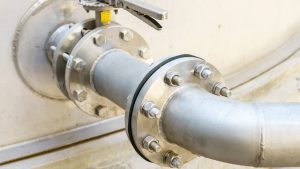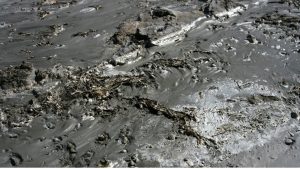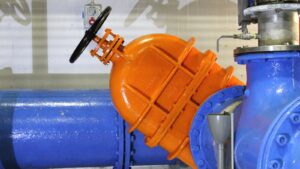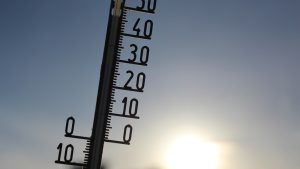The water utility industry in Australia has been witnessing many challenges over the past years, and the authorities were in desperate need of innovative solutions to defeat them. Back at the beginning of this decade, the experts in the Australian water utility industry predicted that in a few years, these challenges would be solved through the employment of modern technology such as smart water metres, IoT, advanced technology data analytics, etc.
These predictions have become a reality by now, and through smart water metering, water utilities are able to manage their resources effectively and optimally. In this article, we will explore the key smart water metering predictions that have already become a reality by 2024.
Key Smart Water Metering Predictions Became a Reality in 2024
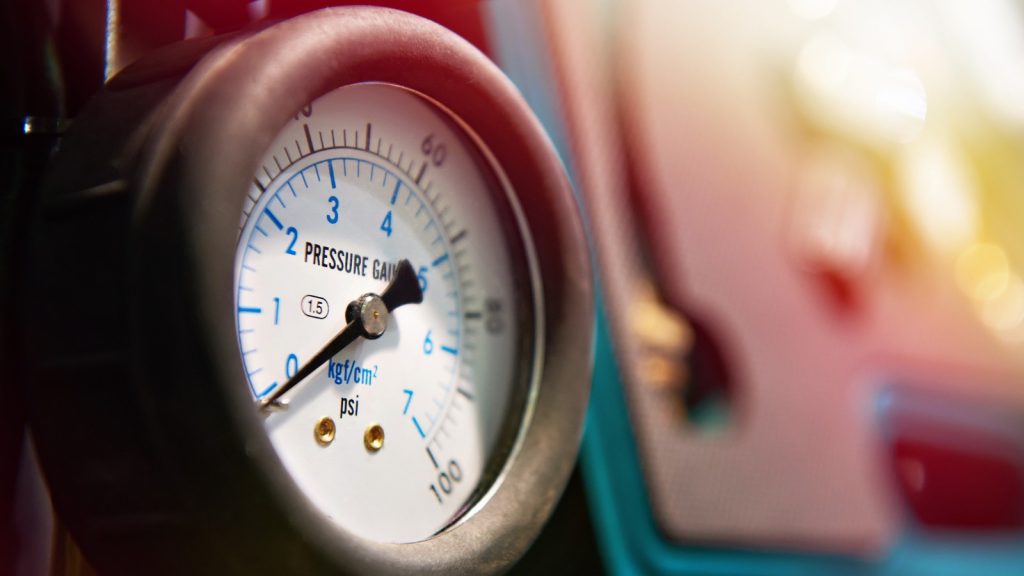
Remote Monitoring
This capability has realised the predictions of smart water metering by allowing Australian water utilities to efficiently address issues. When they can remotely monitor smart water metres, utilities can proactively identify and respond to potential problems. This makes the way to mitigate the risk of significant issues.
This technical approach minimises the necessity for manual inspections and lowers maintenance costs.
Plus, with real-time data analytics, Australian water utilities can swiftly detect anomalies, leaks, or inefficiencies while optimising resource management and enhancing service reliability.
As you can see, the integration of remote monitoring technology empowers water utilities to enhance operational efficiency, which allows them to provide an outstanding service for end-users in Australia.
IoT Integration
The integration of IoT via IoT water flow metres has materialised the predictions of smart water metering, revolutionising the entire utility management process.
Through IoT integration, sensors embedded within water metres collect real-time data on consumption patterns, leak detection, and system performance. This data is transmitted wirelessly to centralised platforms, offering a hand for the utilities to analyse and respond to issues promptly.
It is an obvious fact that IoT integration, coupled with predictive analytics, foresees possible threats to assets. As a result, utilities can preemptively address leaks, reduce water waste, and improve overall system efficiency.
The seamless integration of IoT technology through IoT-connected water metres not only streamlines operations but also enhances sustainability efforts. On the other hand, it ensures a reliable water supply for communities while minimising environmental impact.
Escalated Adoption Rates
The reasons why they predicted that there would be an increase in adoption rates in Australia include increasing concerns over water conservation, ageing infrastructure, and the drive for operational efficiency.
Today, this prediction has come to fruition through concerted efforts in technological advancement, regulatory support, and market demand. The advantages of smart metering, including enhanced consumer involvement, leak detection, and real-time data collection, have been acknowledged by utilities in Australia.
Moreover, the gradual decline in the cost of IoT sensors and communication technologies has made smart metering more accessible to a wider range of utilities.
This, coupled with laws that encourage the deployment of smart water solutions, has encouraged their broad acceptance and transformed conventional water management techniques into data-driven, effective systems that can successfully meet modern concerns.
Employment of Temperature or Leak Detection Sensors
If you remember, there was a rising requirement for proactive leak prevention and infrastructure maintenance when it came to the water utility industry in Australia some time ago. These issues led to the prediction that temperature or leak detection sensors will be used in smart water metering in Australia in the near future.
It is a fact that this prediction has been realised through advancements in sensor technology and data analytics.
You can see that temperature and leak detection sensors have been integrated into smart water metres, and they continuously monitor the system for abnormalities, such as unexpected temperature variations or changes in water flow patterns indicative of leaks.
These sensors transmit real-time data to utility systems, which encourages prompt identification and response to potential issues.
Network-Enabled Ultrasonic Electronic Water Metres
Do you remember that Australia expressed a growing demand for accurate, real-time data and remote monitoring capabilities in water utilities around the 2020s? The experts in the industry predicted that the use of Network-Enabled Ultrasonic Electronic Water Metres would solve this challenge for sure.
This has not become a mere prediction as network-enabled ultrasonic electronic water metres leverage ultrasonic technology to accurately measure water flow and transmit data wirelessly over network connections within the Australian smart water metres ecosystem.
These metres enable utilities to remotely monitor consumption, detect leaks, and optimise water distribution networks.
Predictive Maintenance
The combination of data analytics, machine learning algorithms, and sophisticated sensor technologies has made this forecast a reality today.
Predictive maintenance utilises real-time data from sensors embedded in water metres to monitor system health and identify potential issues before they escalate.
As this technological advancement can analyse patterns and trends in data, predictive algorithms can forecast maintenance needs in real-time. Plus, they help optimise resource allocation and prevent costly breakdowns as well.
Use of Data Analytics
With millions of water users in Australia, there is an unlimited amount of data gathered by the utility authorities. Previously, there was no proper system to analyse them and extract their essence to understand hidden facts.
Experts predicted that this obstacle could be solved by the use of data analytics, and by 2024, this would have become a reality. Water utilities employ data analytics in smart water metering in order to recognise a large amount of data streaming down from their water management processes.
As it can extract data from smart water metres, utilities can employ sophisticated analytics algorithms to receive actionable insights regarding consumption patterns, leak detection, and system performance.
These insights empower utilities to make informed decisions, such as identifying areas for conservation efforts, predicting maintenance needs, and improving overall operational efficiency.
Encouraging Customer Engagement
It was anticipated that customer participation in smart water metering would increase as a result of the advantages of getting customers involved in water conservation initiatives and raising knowledge of consumption patterns.
As you can see, this forecast has come true thanks to an assortment of strategies made possible by shifting customer expectations and technological breakthroughs today.
Utilities have implemented initiatives such as providing consumers with access to real-time usage data via mobile apps or online portals. This enabled them to monitor and manage their water consumption more effectively.
High Enthusiasm for Water Conservation
This prediction has a long history!
The prediction of high enthusiasm towards water conservation in smart water metering was anticipated a long time ago, considering the high demand for water in Australia.
Also, another aim was to boost awareness of water scarcity issues and the desire for sustainable resource management.
This is the time when this prediction has manifested through a combination of public education, technological innovation, and policy support.
On the one hand, smart water metering systems provide consumers with real-time data on their water usage, fostering greater awareness and accountability. On the other hand, water utilities and the government have also launched awareness campaigns and incentive programmes to encourage conservation behaviour.
Adapting to Future Trends with New-Age Smart Tools
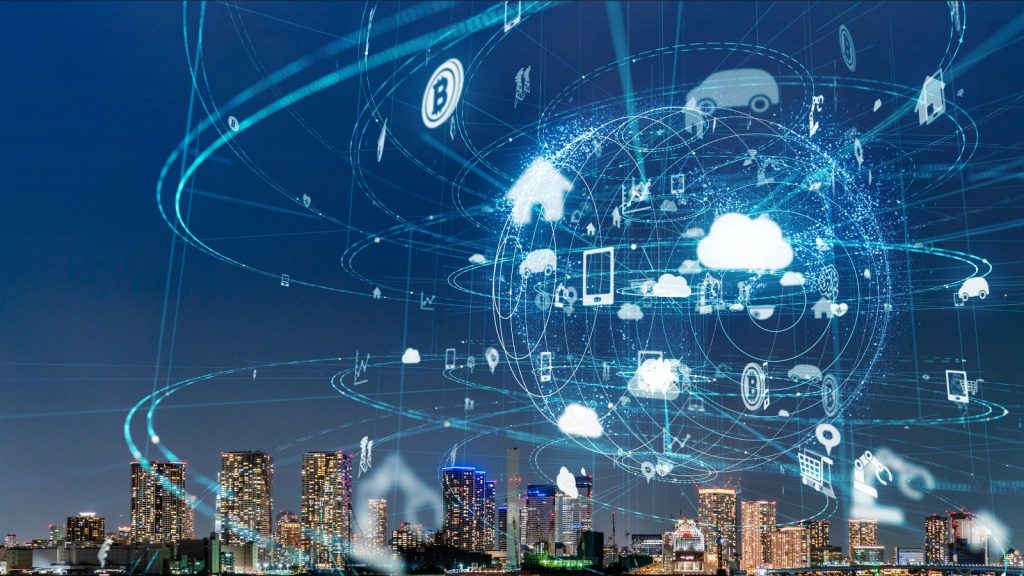
Smart water metering is just one strategy that was implemented to survive the evolving market trends for the water industry. We can see these were not just predictions, but insights backed up by data-driven technological foreseeing. Using such smart technologies, the Australian water industry can easily adapt to the dynamics of today’s world. For sure.

